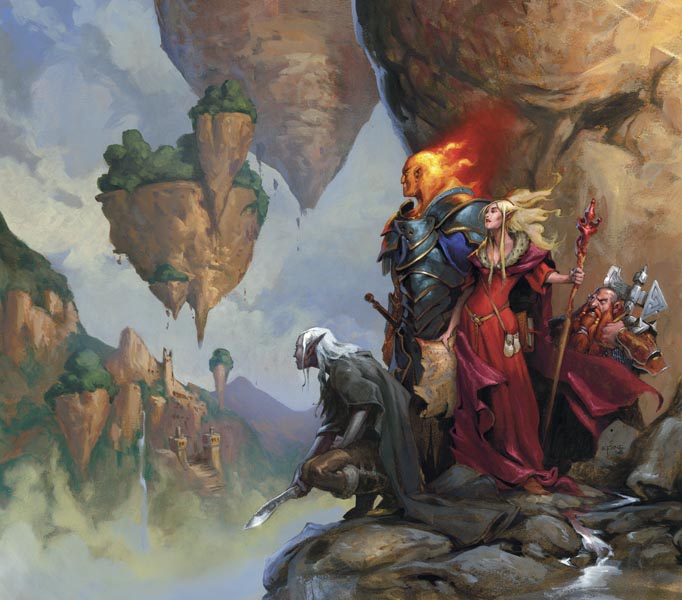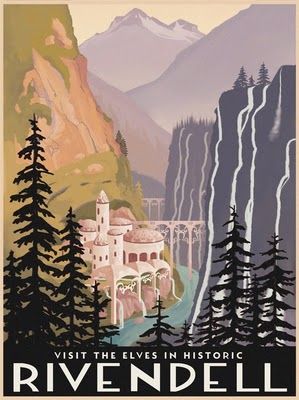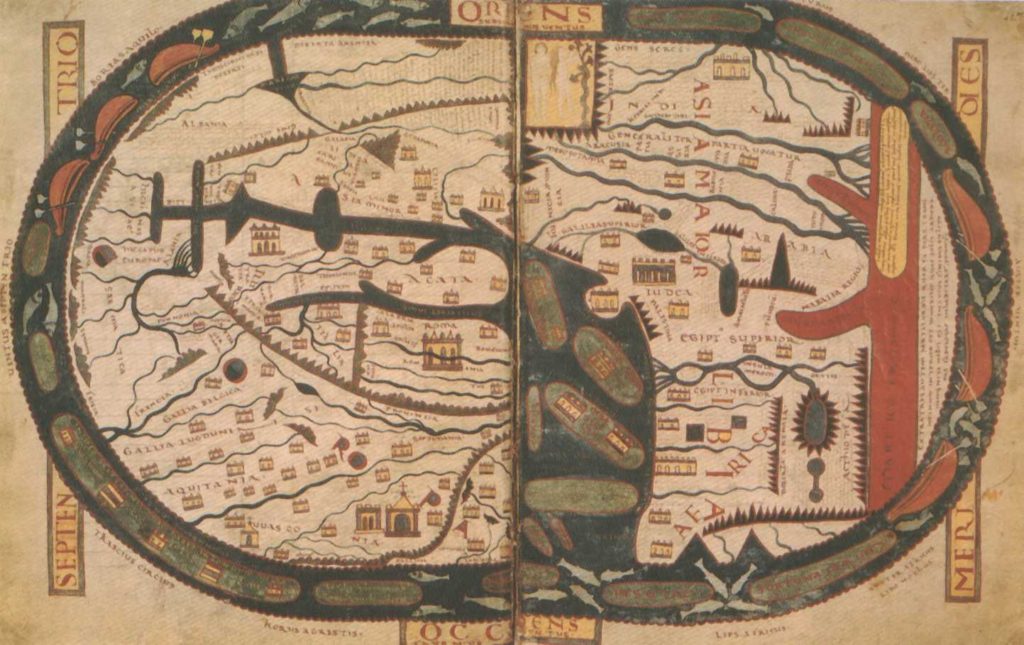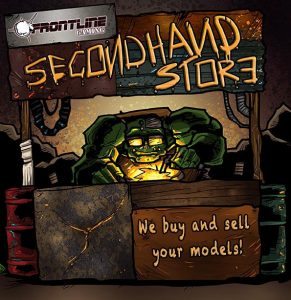Exploration is fundamental to a lot of types of D&D games, but making such a “sandbox” game be fun rather than boring can be a real challenge. How do you make that happen, and what tools are out there to help you?

There are lots of different aspects to D&D that you can play with in different sorts of games; for example, there is the aspect of the game that focuses on combat, where players engage groups of monsters in direct confrontation, often while hindered by traps or other obstacles. There is the drama aspect of the game, which focuses on the emotional lives and relationships of the characters (both PC and NPC) as well as the hardships that result. And of course, there is the exploration aspect of the game, where the players set out to discover new and exciting locales and find what lies within.
An exploration-focused game is sometimes referred to as a “sandbox” campaign, because like a children’s sandbox it is essentially formless and has no explicit plot, but rather the plot of the game is discovered over time as the players encounter challenges in an increasingly-complex web. But how do you make such a game fun? Simply filling in a map, in and of itself, isn’t really a source of enjoyment for most people, so how do you design a game for such an experience if such games, by definition, are not plotted out from the start?
The key, I think, is to make sure you understand what’s enjoyable about exploring and keep your focus on that. Exploration allows players to indulge in a pretty primal human instinct- to discover new things and try to understand them, making sense of the world and pushing back boundaries in a way that no one else has ever done before. So here are some of my tips for making a successful campaign focused on exploration.

Making Travel Fun
A lot of time in an exploration game is going to be traveling, much like in the Lord of the Rings books, so goal #1 is going to be to make that enjoyable. Good scenery and descriptions can be a part of this, but they should only be a part- no matter how poetic you are, describing a majestic mountain or a scenic waterfall simply doesn’t have the same impact that actually seeing things would, so try to avoid too many overblown descriptions. That isn’t to say you shouldn’t use them, but reserve them for big locations and big moments, so they retain their impact.
Instead, look to other factors to keep players engaged. Encounters during the trip can easily take a main focus, whether this means random encounters or planned ones. Remember that “encounter” does not mean “fight”- you can get a lot of mileage out of hazards of terrain when traveling, especially in a fantasy world where all sorts of strange things are possible. And when you do use combat encounters, make sure to mix them up- not everything should be a group of enemies ambushing the PCs while they are asleep, as this quickly grows repetitive. Have the PCs encounter some foes at a distance, giving both sides time to prepare; have others fail to notice the PCs, giving them the chance to ambush. Especially in an exploration game, variety is the spice of life.
Along those same lines, make sure you include time for roleplaying on the trip; while tension and action are all well and good, make sure you also include space for the PCs to interact with each other and get to know their fellow travelers. Anyone who’s been on a road trip knows that long spaces of silence sometimes give way to interesting conversations, so give them a chance to share their stories and their backgrounds with each other as desired.

Verisimilitude
Verisimilitude, or “the quality of seeming realistic,” is an important part of exploration games. Your sandbox needs to feel like a real place, one that exists without the PCs, because this allows their advent in the region to have an impact on things. Players like seeing how their characters affect the world, and this only works if there is a believable illusion of a world for them to impact.
Note, however, that we say that this world only needs to seem realistic. You don’t need to accurately simulate the local economy or measure out exact predator/prey ratios for your encounters, you just need to portray a world that feels like it can plausibly exist. The level of effort required there (and where that effort is needed) will depend on your play group, but broadly speaking your players are unlikely to know any more about animal husbandry or Medieval economics or geological genesis than you do, so as long as things feel broadly plausible you’re probably safe.

Location, Location, Location
Why do we travel? To find new locations, of course, and take in their experiences, and the same is true for characters in games. An exploration game should have interesting locations wherever the players go- dungeons to explore, resources to take advantage of, and monsters to fight. Not every hex on the map needs to be a treasure trove of discoveries, but you’ll want there to be lots of things to run into no matter which way the players decide to turn, and unlike in some more traditional games these should be fixed in place in advance.
There are numerous guides out there for how to construct such a map (such as this one, but the basic idea is to create a “spiderweb” of points of interest that the players can seek out. As part of this, remember that these places should interlock, because they don’t exist in isolation- verisimilitude, remember. If there is a goblin village out in the woods, what does that mean for the wizard’s tower you put nearby? Do the goblins harass the wizard, trying to sack his tower? Does the wizard employ some of the goblins within it? Do they trade with each other? Etc. Always consider the relationships of the entities on your map to each other, because it is such relationships that make your campaign world pop out.
Similarly, make sure that each location on your map offers something for the party to interact with. This might be a fight they can get into (or avoid), an NPC they can meet, or a natural feature that can be useful to them. If there is a grove of magical fruits deep in the forest, this might offer the PCs something they could harvest and take back to town to sell- or a location that they could inform an NPC about to do the same and make an ally. The wizard in their tower might have a job for the party, or might be a source of arcane knowledge they can make use of later. Towns have trade goods, geographical features often have natural resources, and so on. Each significant point on the map should have something to offer the party, even if it is something negative- a harpy’s nest that needs to be avoided, for example.
Closing Thoughts
A sandbox campaign can be one of the most exciting ways to play D&D, because it offers the players endless choices and opportunities and gives them unparalleled control over the fate of their character. Although it can mean a lot of work for the DM, if you are willing to put in the time it can be extremely rewarding and offer you a regular dose of gaming fun for months or years to come, dependent on the scope of what you wish to create. It is, perhaps, the ultimate expression of worldbuilding for all parties involved, but even in campaigns that don’t focus exclusively on this aspect you can often find room to use these tips to enhance your story and your game world.
As always, remember that you can get your roleplaying supplies at great discounts from the Frontline Gaming store, whether you’re looking to pick up a new sourcebook or grab a mini for your next dungeon encounter.

